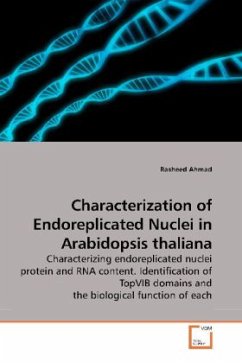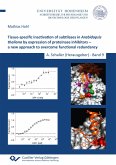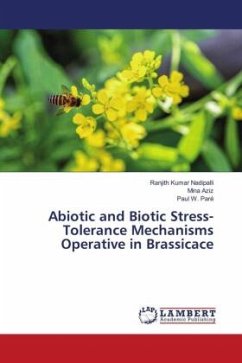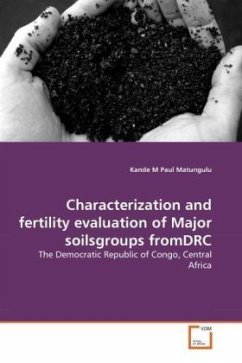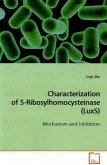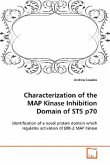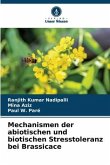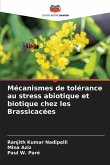A model plant, Arabidopsis thaliana, duplicates its chromosomes without undergoing cellular division, in a process known as endoreplication. The primary objective of this study was to identify genes and proteins that specifically accumulate in endoreplicated nuclei in Arabidopsis thaliana. The secondary objective was to identify the biological function of unique domains found in Arabidopsis topoisomerase VI subunit B (AtTopVIB) that contributes to endoreplication. Using the AtTopVIB amino acid sequence and protein database search engine, I identified two unique domains to which I designated the insertion of the N-terminal domain (IND) and the extension in the C-terminal domain (ECD). These domains are well conserved between Arabidopsis and Oryza sativa (rice) but very unique in the entire family. I analyzed the localization of AtTopVIB in Arabidopsis protoplasts with yellow-fluorescent protein (YFP) in Arabidopsis protoplasts using split-luciferase.
Bitte wählen Sie Ihr Anliegen aus.
Rechnungen
Retourenschein anfordern
Bestellstatus
Storno

